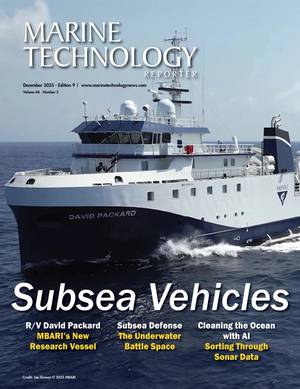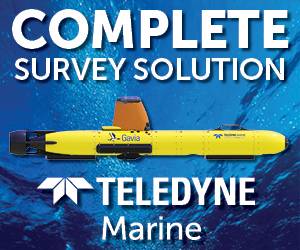Manned submersible operator OceanGate Inc. said it has started building Cyclops 2, an all-new privately owned sub capable of taking five people to depths of 4,000 meters – or approximately two and half miles deep – for human exploration of more than 50 percent of the ocean depths.
Having been in development for several years, with initial design and engineering beginning in 2013, Cyclops 2 has now entered the construction phase with an order for two titanium hemispheres and two matching titanium to carbon fiber interface rings from fabricator of reactive metals Titanium Fabrication Corp. (TiFab), and an order for a 56” diameter, 100” long carbon fiber main cylinder from Spencer Composites Corporation.
The two titanium hemispheres form the ends of the submersible’s cylindrical pressure hull that protects five crew members during dives to depths of 4,000 meters (13,125 feet). The forward hemisphere houses a 21” diameter acrylic viewport – the largest viewport of any submersible capable of these depths.
In parallel with the two materials orders, the OceanGate team is also developing a mobile subsea launch and recovery system for the submersible.
“Construction of Cyclops 2 is a significant milestone in human exploration of the ocean,” said Stockton Rush, CEO of OceanGate. “When completed, it will be the only privately owned submersible in the world that can take five people to these depths.”
Fabrication of the titanium and carbon fiber components are planned to begin immediately, with delivery scheduled for Spring 2017. When delivered, the hemispheres will be mated to each end of the filament wound carbon fiber main cylinder that forms the center section of the submersible’s pressure hull.
Following assembly of the three main components, the pressure hull will be independently tested to ensure vessel integrity before the final installation of electronics, navigation and life support systems. Most of these systems to be used on Cyclops 2 are currently in use on Cyclops 1, OceanGate’s submersible that can dive to depths of 500 meters. The first in-water dives for Cyclops 2 are planned for late 2017.



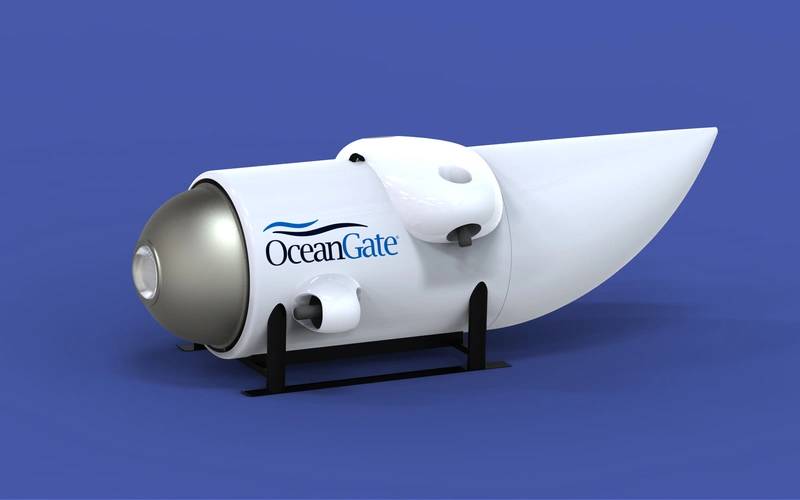
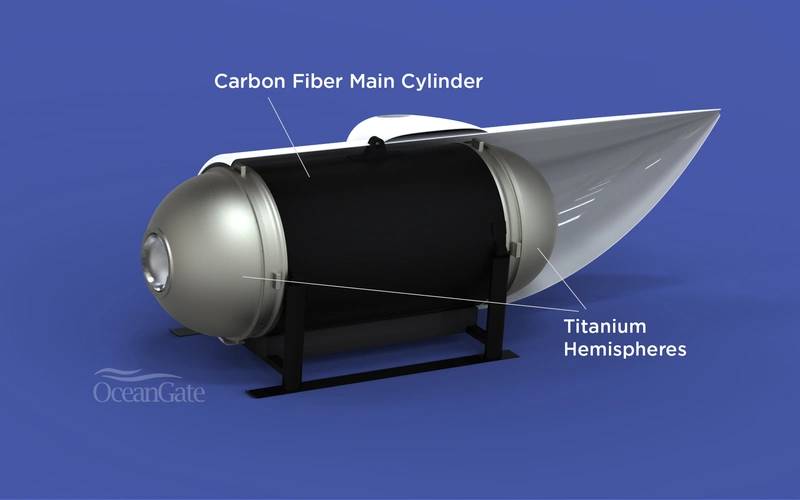

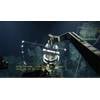


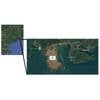
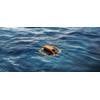






 December 2025
December 2025
